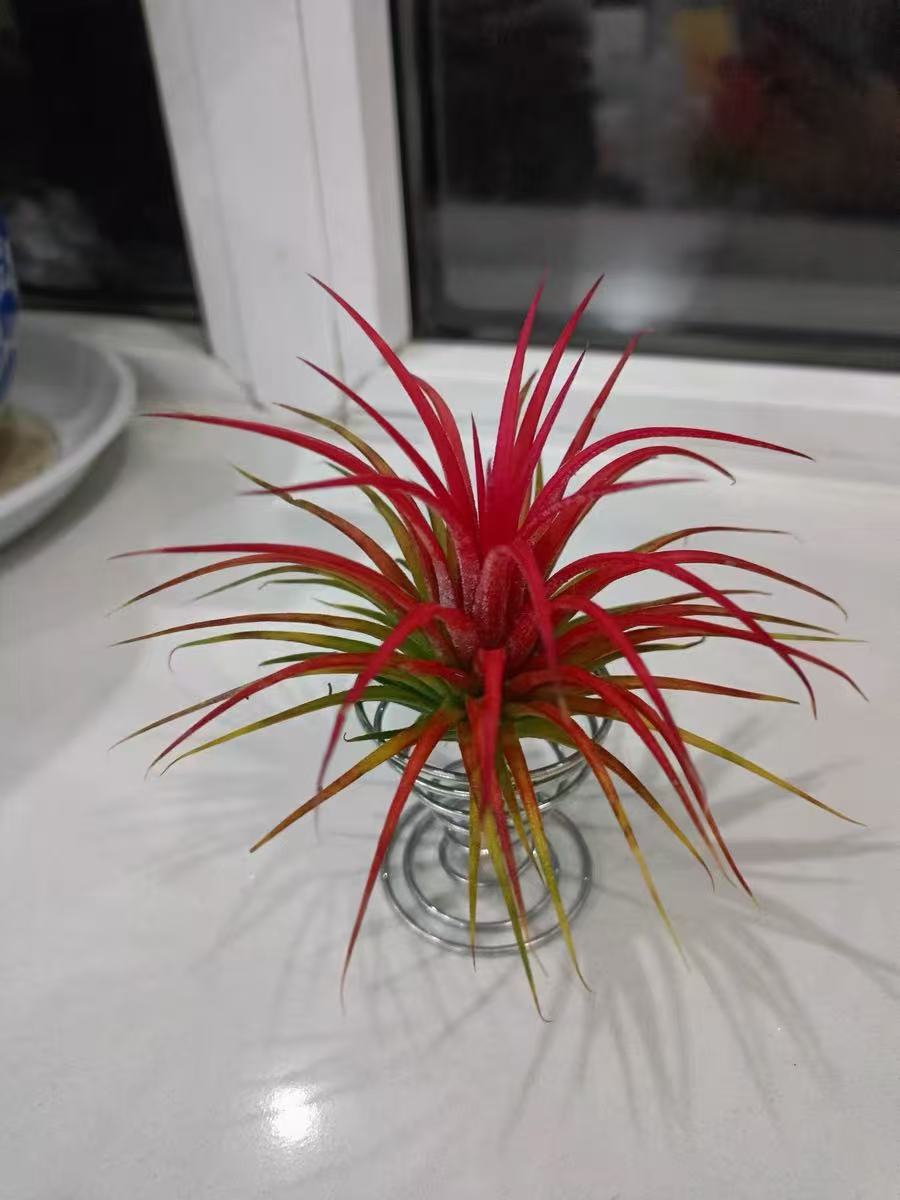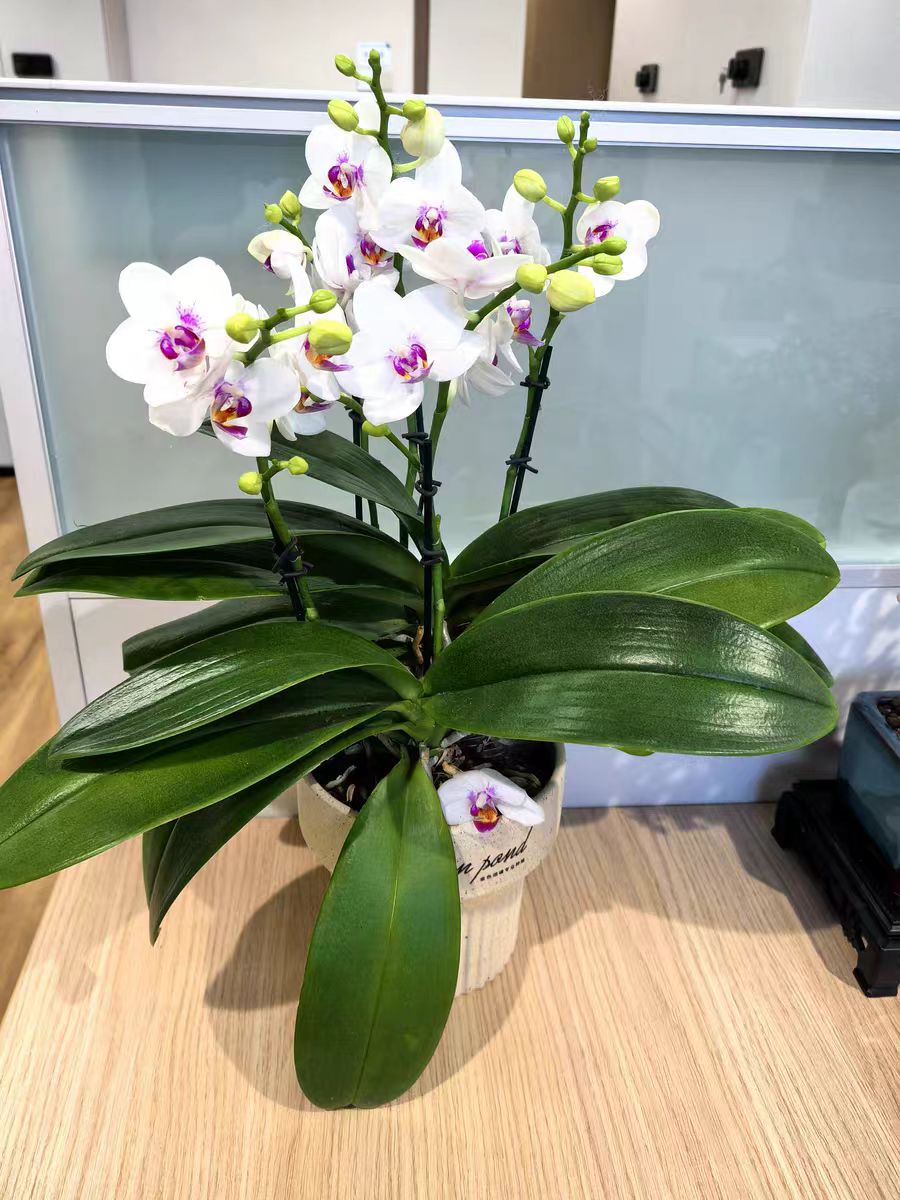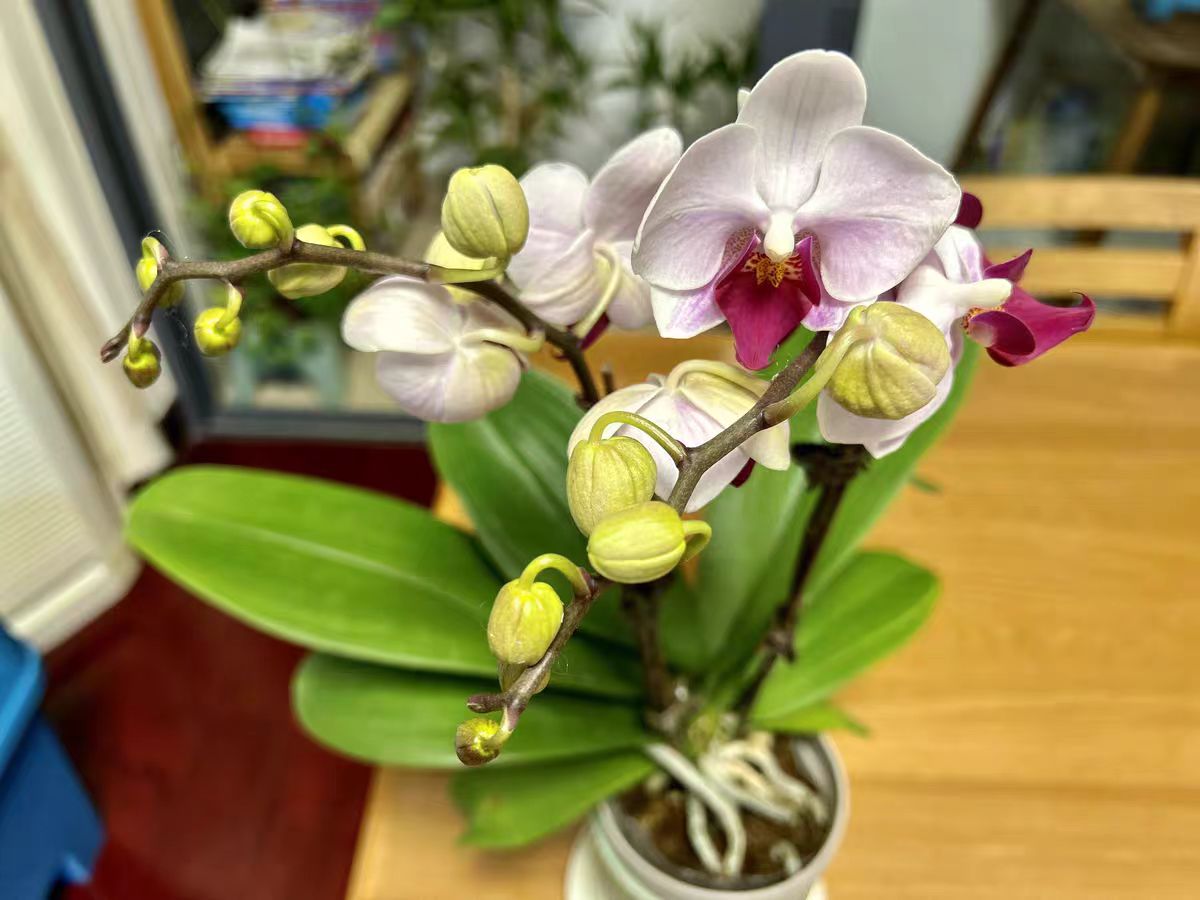In the vast world of indoor flowers, there are four types of flowers that can bloom throughout the four seasons thanks to their excellent characteristics.
Hibiscus rosa-sinensis has large and bright flowers that are colorful, including various colors such as red, pink, orange, and yellow. It has a long flowering period and strong ornamental value. Its characteristics lie in: soft and smooth petals, beautiful flower shapes, and green leaves.
Breeding techniques are as follows: It needs sufficient sunlight for at least 6 hours a day. A temperature range of 20 - 30 degrees Celsius is suitable. Pay attention to keeping warm in winter. Keep the soil moist and avoid water accumulation. Apply thin fertilizer once every 1 - 2 weeks during the growing season.
Calibrachoa Million Bells has small and exquisite flowers but in large quantities, clustering together to form a splendid sea of flowers. The flower colors are rich and diverse, and the flowering period is long. When breeding Calibrachoa Million Bells, the following techniques are crucial. It likes abundant sunlight and should be placed in a position with direct sunlight as much as possible. However, in the high temperature of summer, appropriate shading is needed to avoid strong light burns. Temperature control cannot be ignored either. Calibrachoa Million Bells is suitable for growing in a warm environment, and the ideal temperature range is approximately between 15 - 30 degrees Celsius. Pay attention to cold protection in winter to avoid poor growth due to too low temperature. Watering should follow the moderate principle. Keep the soil moist but avoid water accumulation to prevent root rot. In summer, when the temperature is high, the watering frequency can be appropriately increased. In terms of fertilization, thin compound fertilizer should be applied regularly to provide sufficient nutrients. Fertilize once every 1 - 2 weeks during the vigorous growth period.
Euphorbia milii has small and delicate flowers that are brightly colored, usually red or pink, adding a bright touch to the environment. The branches are covered with hard thorns, giving a sense of tenacity. The leaves are green and evergreen, with high ornamental value. When breeding Euphorbia milii, in terms of light, Euphorbia milii likes a sunny environment and should be placed in a well-lit position to ensure it receives sufficient sunlight every day. However, in the high temperature and strong light of summer, appropriate shading is needed to prevent leaf burns. In terms of temperature conditions, it is relatively heat-tolerant, and the suitable growth temperature is between 15 - 30 degrees Celsius. Pay attention to keeping warm in winter to avoid the impact of too low temperature on growth. Watering needs to be moderately controlled. Euphorbia milii has a certain drought tolerance ability. Do not water too much. Follow the principle of "water when dry and stop when moist" to prevent water accumulation and root rot. Fertilization should be frequent with thin fertilizer. Apply a thin liquid fertilizer once a month during the growth period to provide sufficient nutrients.
Osmanthus fragrans var. semperflorens, its biggest feature is the fragrance throughout the four seasons. No matter in spring, summer, autumn, or winter, it can send you the refreshing fragrance. Its flowers are small and exquisite, dotted among the green leaves. First of all, light is the key! Osmanthus fragrans var. semperflorens likes abundant sunlight. Put it in a place where it can be exposed to the sun, and it will thrive, and the flowers will bloom more abundantly. Then there is the temperature. It has a good adaptability, but it will grow more vigorously in an environment of 18 - 25 degrees Celsius. In terms of watering, just keep the soil moist but not too wet. Especially in summer, when the water evaporates quickly, pay more attention to replenishing water for it. Fertilization should not be sloppy either! During the growing season, apply a thin liquid fertilizer to it about every half a month to make it more vigorous.
These four types of indoor flowers that bloom all year round each have their unique charm. As long as you follow the corresponding breeding techniques and provide them with a suitable growth environment, your home can be immersed in the fragrance and beauty of flowers all year round, enjoying the gift of nature.
Flowers that bloom all year round

Share with
Tagged in :




Leave a Reply